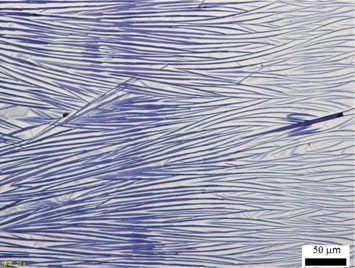Crossref Citations
This article has been cited by the following publications. This list is generated based on data provided by Crossref.
Melis, Scott
Hung, Samantha
Bagade, Chaitali
Chung, Yuri
Hughes, Eleni
Zhang, Xinran
Barbara, Paola
Han, Peize
Li, Tingting
McCusker, Daniel
Hartsmith, Robert
Bertke, Jeffery
Dev, Pratibha
Stone, Iris
Joshi, Jaydeep
Vora, Patrick
and
Van Keuren, Edward
2022.
Charge Transport through Superexchange in Phenothiazine–7,7,8,8-Tetracyanoquinodimethane (PTZ–TCNQ) Cocrystal Microribbon FETs Grown Using Evaporative Alignment.
ACS Applied Electronic Materials,
Vol. 4,
Issue. 12,
p.
5973.
Zheng, Jianlu
Chen, Jiali
Galluzzi, Massimiliano
Hou, Yuge
and
Sugihara, Kaori
2025.
Highly Sensitive Wearable Chromic Force Sensor Utilizing In-Plane Anisotropy in Polydiacetylene Mechanochromism.
Nano Letters,
Vol. 25,
Issue. 18,
p.
7307.


